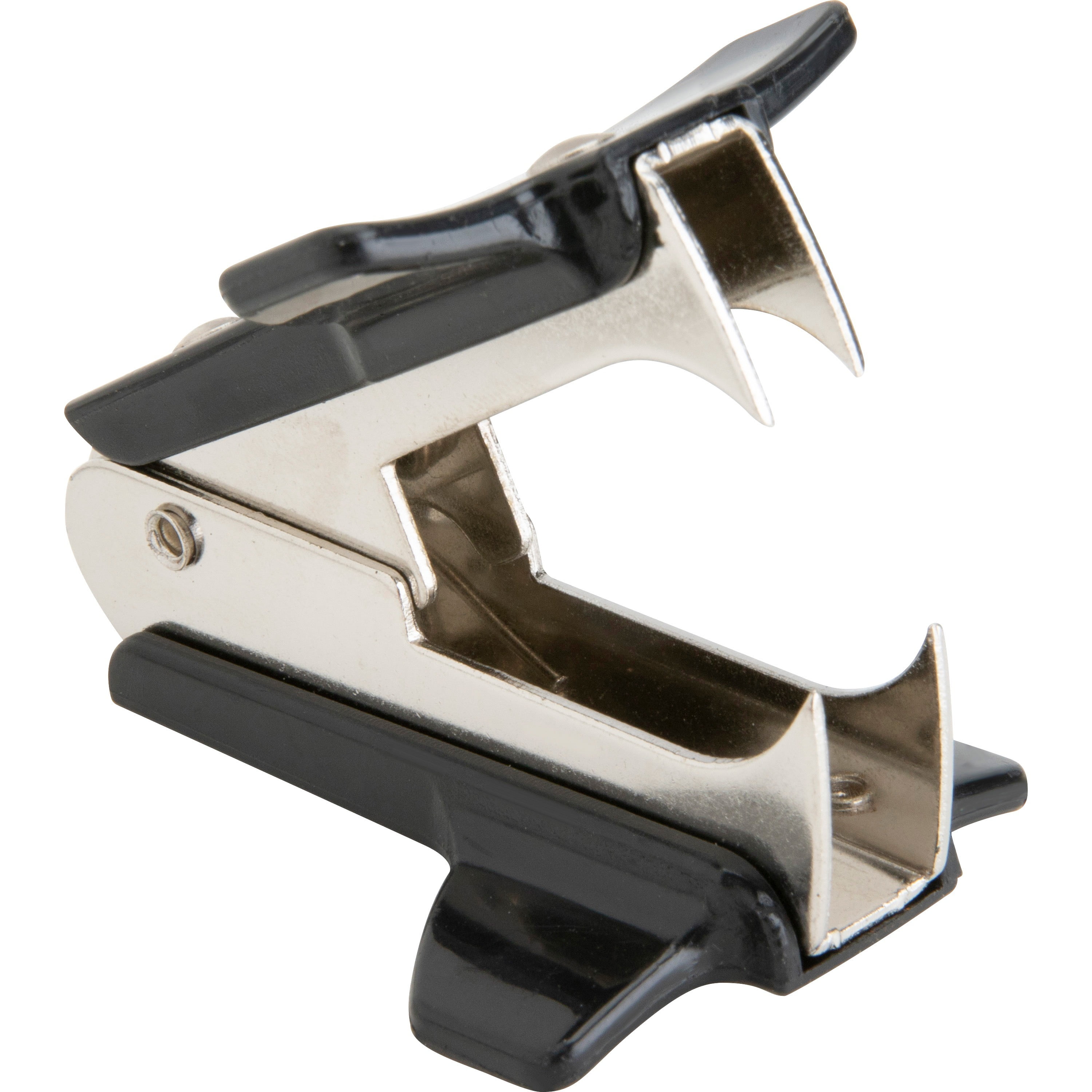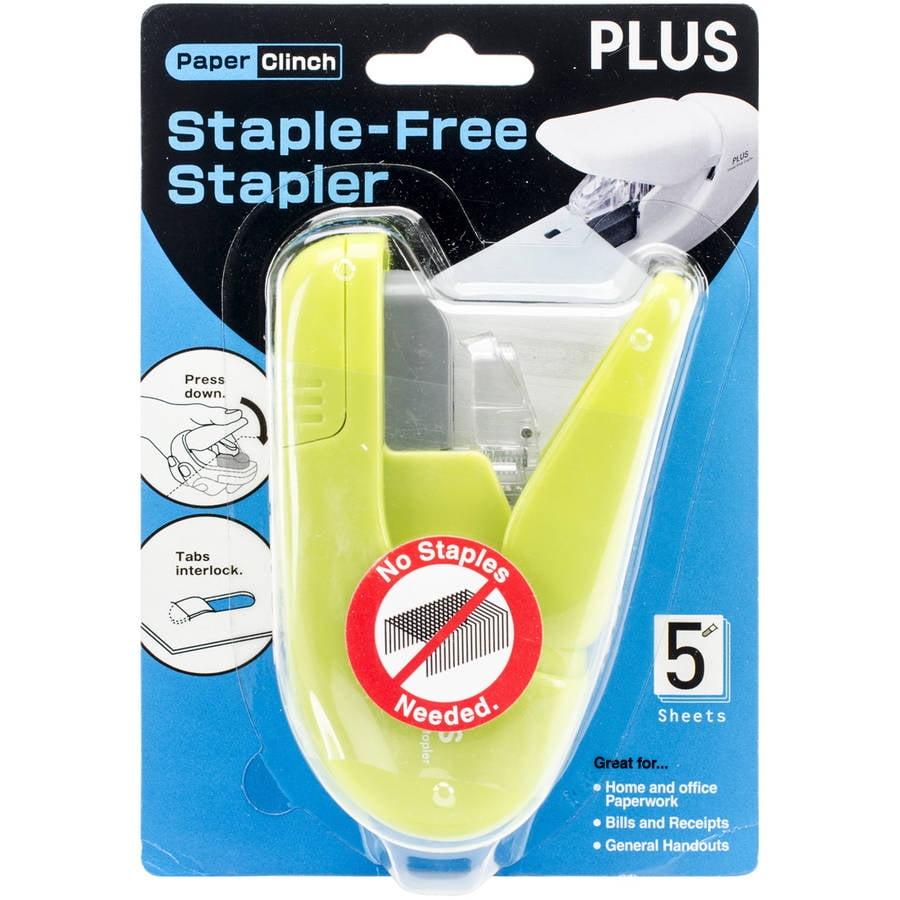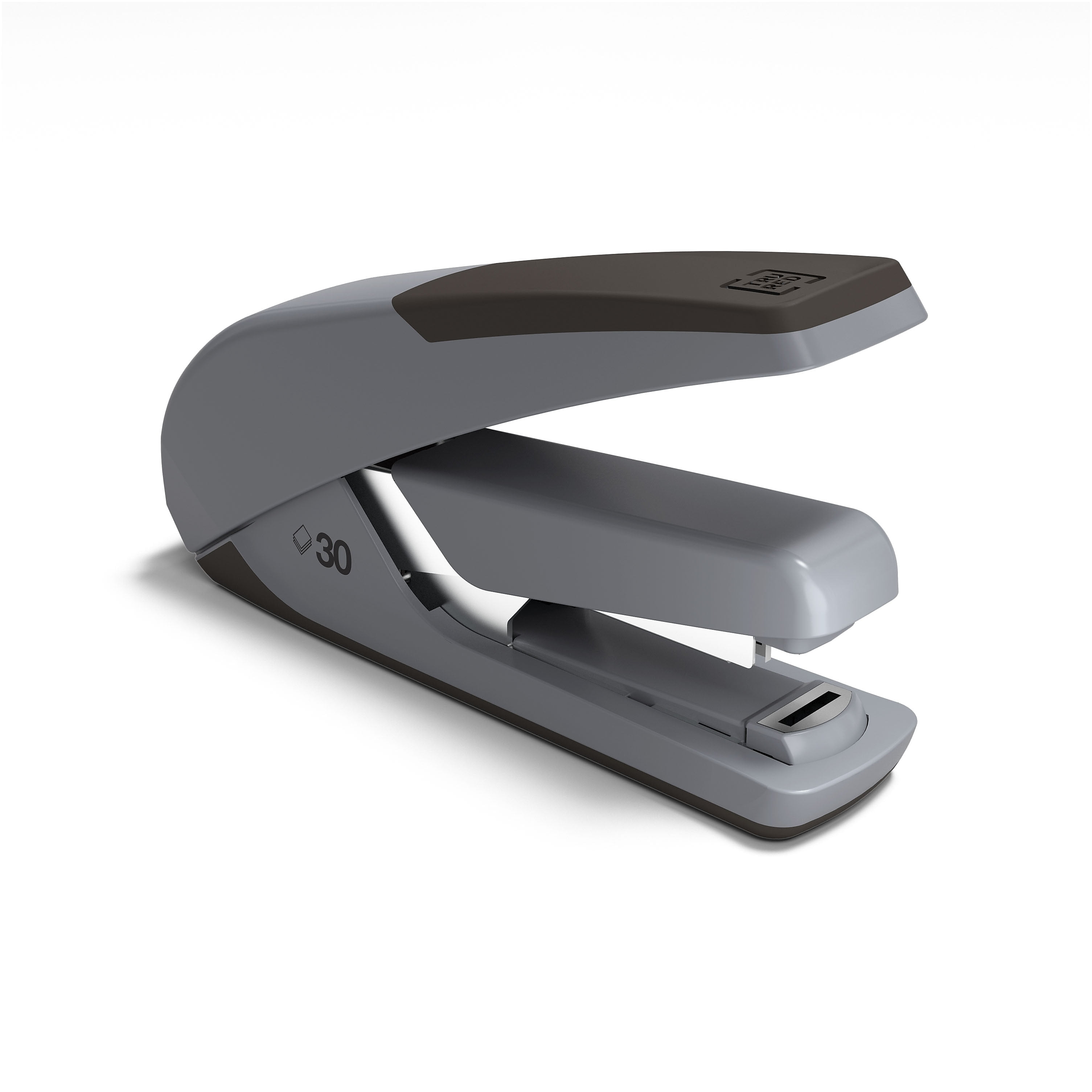
If only one banner file is specified, it will be printedīefore the files in the job. Lpr -o job-sheets=classified,classified filename The -o job-sheets=start,end option sets the banner Lpr -o sides=two-sided-long-edge filename Lp -o sides=two-sided-short-edge filename Sides=two-sided-long-edge option is suitable for portrait Sides=two-sided-short-edge option is suitable for Printing on the printer if the printer supports it. Sides=two-sided-long-edge options will enable two-sided Portrait or upside-down orientation (180 degrees) Landscape or seascape orientation (270 degrees)

The -o orientation-requested=N option rotates the The -o landscape option will rotate the page 90ĭegrees to print in landscape orientation: Where "WIDTH" and "LENGTH" are the width and length of the media in points, inches, centimeters, or millimeters, respectively. When Custom is listed for the PageSize option, you can specify custom media sizes using one of the following forms: The actual options supported are defined in the printer's PPD LargeCapacity - Large capacity paper tray.MultiPurpose - Multi-purpose paper tray.Transparency - Transparency media type or source.Letter - US Letter (8.5x11 inches, or 216x279mm).Printer, but most support the following options (case is not The available media sizes, types, and sources depend on the Lpr -o media=Letter,MultiPurpose,Transparency filename Lpr -o media=Letter,Transparency filename The -o media=xyz option sets the media size, Selecting the Media Size, Type, and Source The following options apply when printing all types ofįiles.
Print conductor no staple option full#
Specify the full path to theĬommand if you get a "command not found" error, for example:

The lpmove command is located in the system commandĭirectory (typically /usr/sbin or /usr/local/sbin),Īnd so may not be in your command path. Name of a printer or class that you want to actually print the job. You can also get the job ID using the lpq(1) or lpstat commands: The job-id is the number that was reported to you by The cancel(1) and lprm(1) commands cancel a print job: Lpr -# num-copies -o collate=true filename Lp -n num-copies -o collate=true filename o collate=true option to get collated copies: Instances do not inherit lpoptions from the mainīoth the lp and lpr commands have options forĬopies are normally not collated for you. Lpoptions -p LaserJet/duplex -o sides=two-sided-long-edge For example, the followingĬommand creates a duplex instance of the LaserJet queue: The remaining options are then associated with the Instance name which can contain any printable characters except The instance, which is always the printer name, a slash, and the The -p printer/instance option provides the name of Lpoptions -p printer/instance -o name=value. Lpoptions command to create a printer instance: Of a printer that have certain options associated with them. Printer instances are, as their name implies, copies Saved options are supported in CUPS through printer Printer-specific options are also available and can be The standard options are described in the " Standard Printing Options" sectionīelow. The available printer options vary depending on the printer. Lpr -o landscape -o fit-to-page -o media=A4 filename.jpg Lp -o landscape -o fit-to-page -o media=A4 filename.jpg The lp and lpr commands allow you to pass

Need to change the options for a particular file you are Specifying Printer Optionsįor many types of files, the default printer options may be If the program does not provide any output, then nothing willīe queued for printing. Use it by default using the lpoptions(1) command:īoth the lp and lpr commands support printing If you normally use a particular printer, you can tell CUPS to List of printers, and the -d option reports the The -p option specifies that you want to see a Parallel, serial, or USB port, or available over the network. These printers can be attached to the local system via a Many systems will have more than one printer available to the Whichever is most convenient! Type either of the followingĬommands to print a file to the default (or only) printer on the To print from inside your applications or at the command-line, Including text, PostScript, PDF, and image files. Printer-specific options that allow you to control how and whereĬUPS understands many different types of files directly, In addition, it supported a large number of standard and Command-Line Printing and Options Command-Line Printing and OptionsĬUPS provides both the System V ( lp(1)) and Berkeley ( lpr(1)) printing commands for printingįiles.


 0 kommentar(er)
0 kommentar(er)
